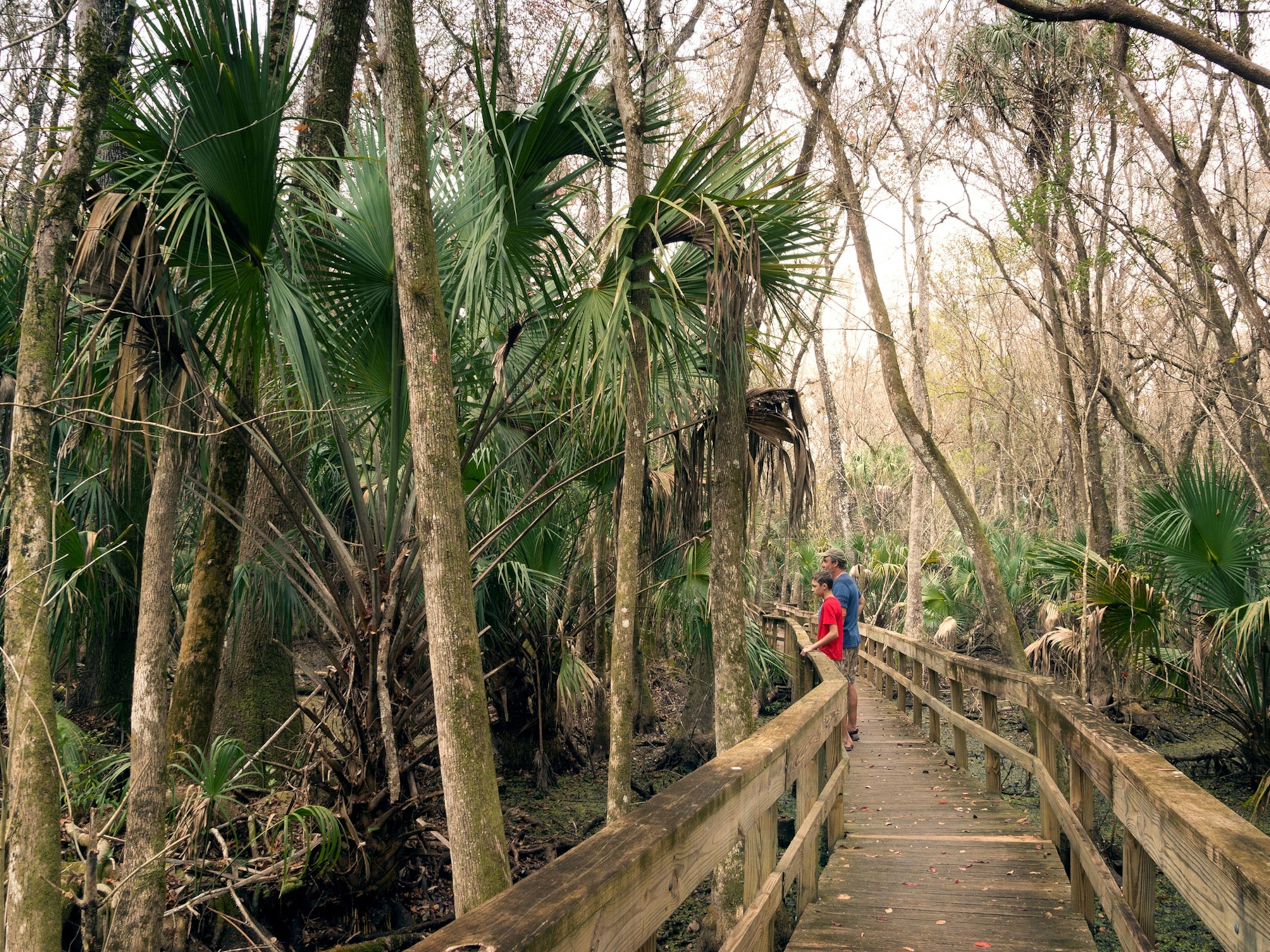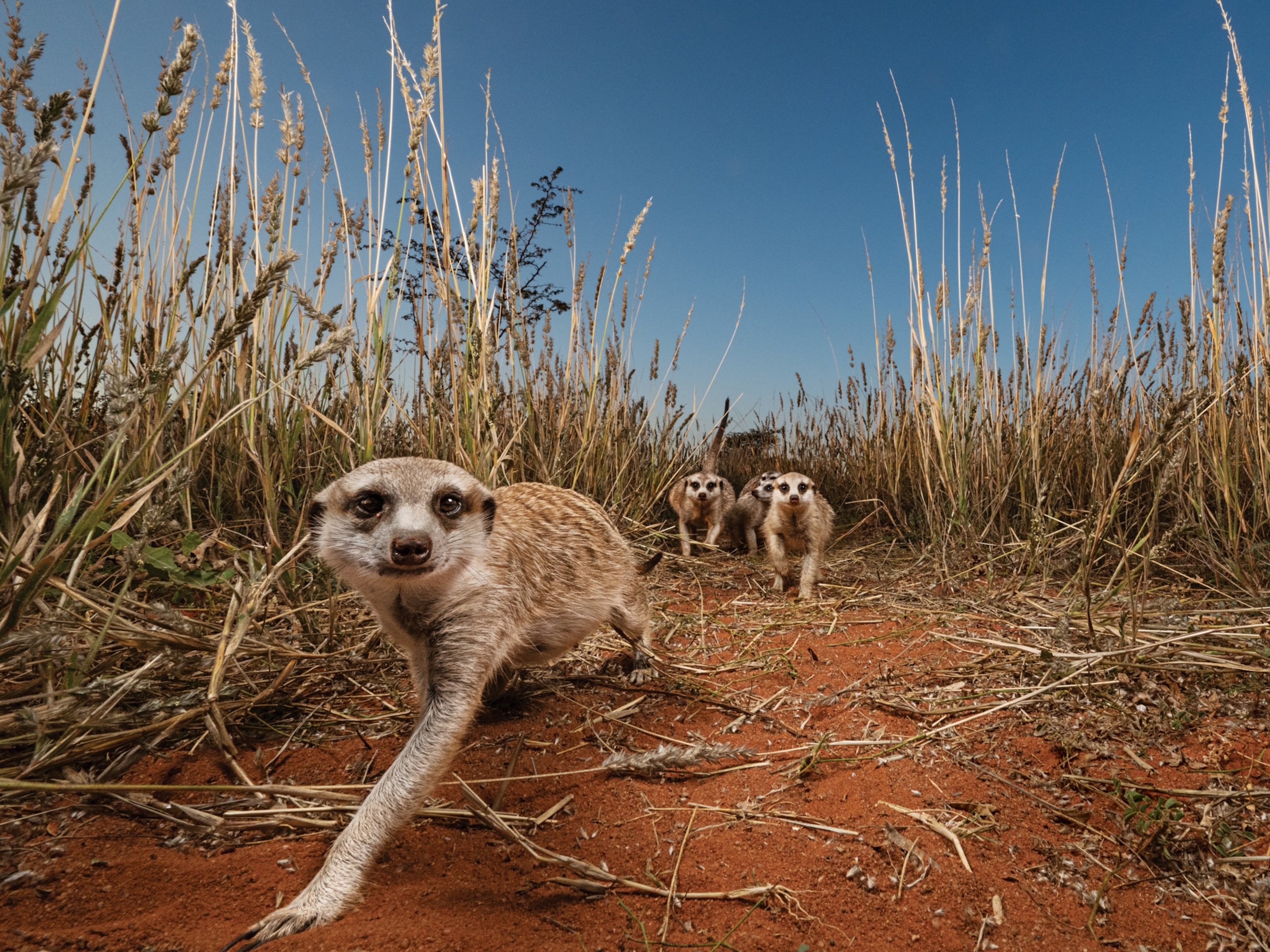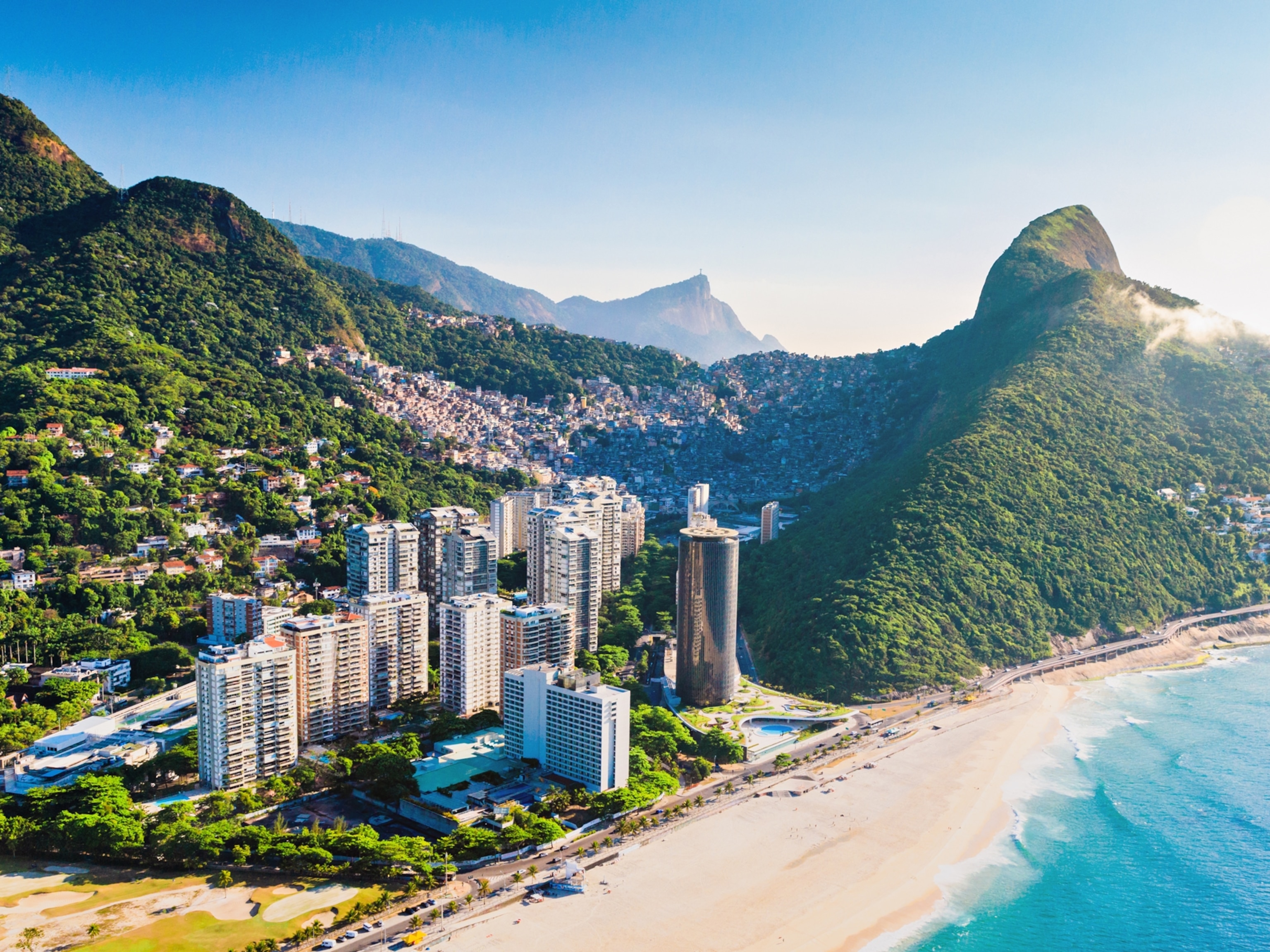
Conservationist's Plan Balanced Wildlife, Human Interests
The late ecologist José Ayres helped pioneer sustainable reserves, protecting habitats and the interests of local residents.
Most of us hope to leave some kind of legacy after we’re gone. Few leave one as impactful as José Márcio Ayres, who died of cancer in 2003.
As senior conservation zoologist for the Wildlife Conservation Society, Ayres was responsible for more 350 conservation projects in 53 countries. None were bigger than the Mamirauá Sustainable Development Reserve and the Amanã Sustainable Development Reserve, the massive, protected wildlife zones that Ayres helped to create in his native Brazil in the 1990s.
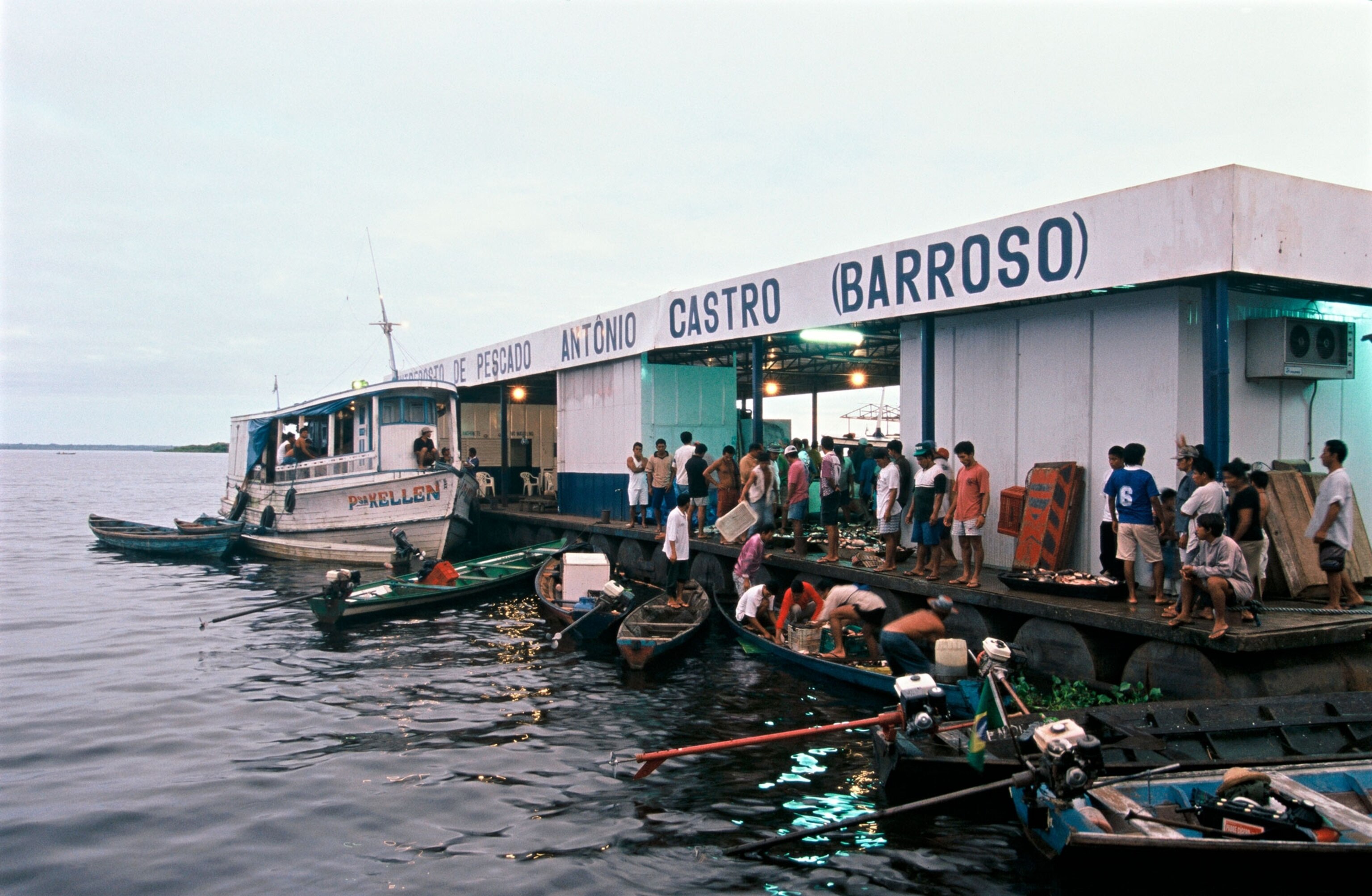
Adjacent to Jaú National Park, the combined reserves (known as the Central Amazonian Corridor) form the world’s largest swath of protected rain forest. At 22,000 square miles, it is larger than Costa Rica, encompassing a rich aquatic system and dense forest that's home to thousands of species of fish, birds, and mammals.
Before Ayres, sustainable development reserves typically banned human inhabitants. But Ayres, a Rolex Laureate, proposed a radically novel idea for the Amazon Basin: Let indigenous people remain in protected areas and empower them to manage and protect the habitat to help guarantee their own prosperity.
“He really did reform conservation policies to make them more inclusive, rather than focus on just conservation,’’ says Columbia University ecologist and native Amazonian Miguel Pinedo-Vasquez, a friend and Ayres’s research collaborator on an early management plan for the Mamirauá. “He managed to convince politicians that you can have a new kind of conservation plan that protects wildlife and people at the same time.”
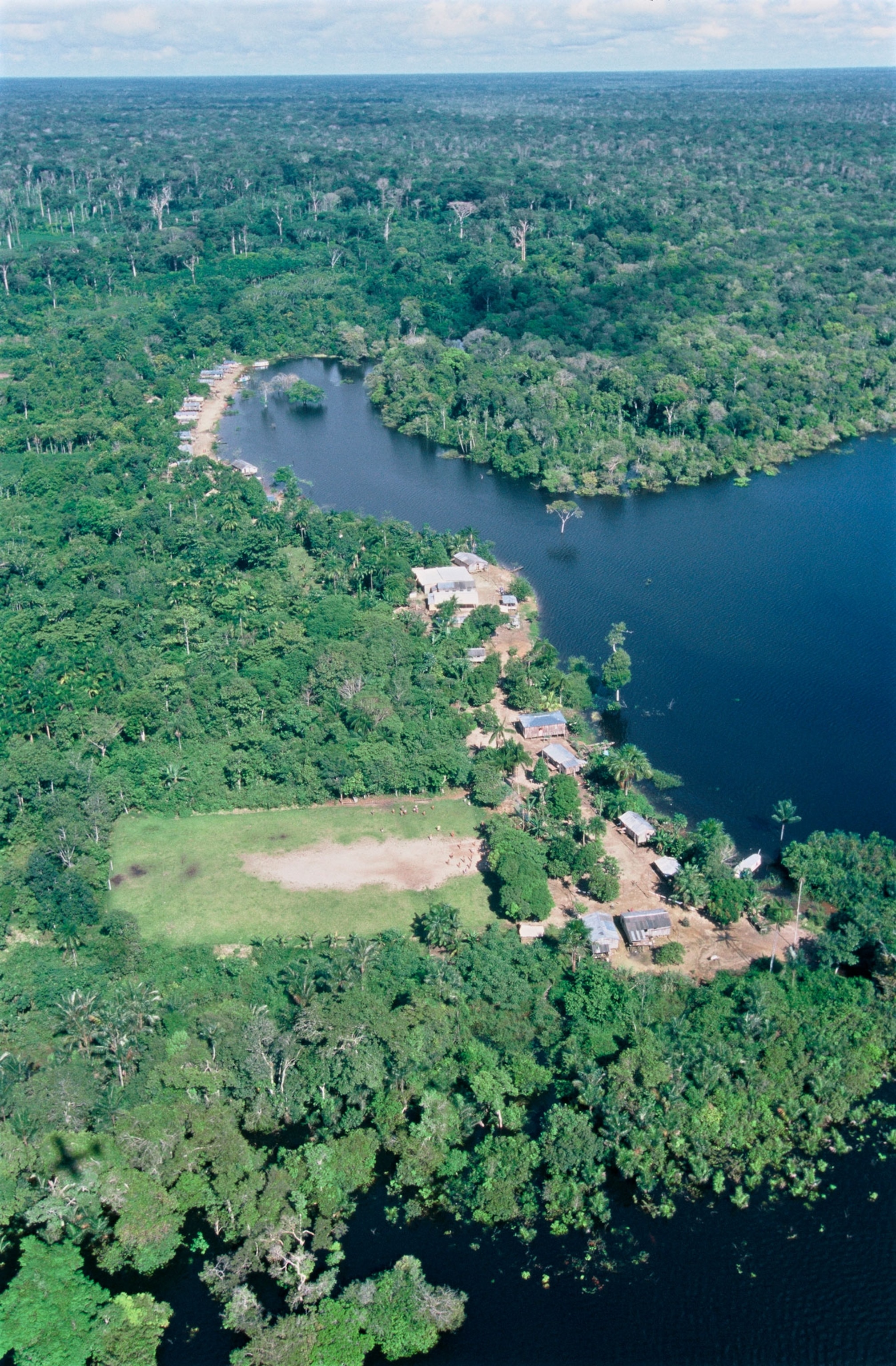
Today, more than 13,500 people live and work in the lush region of lakes, rivers, and dense woods. Regulated fishing, selective logging, craft products, and ecotourism generate most of their income.
Ayres’s life and career were set out as a teen. Although he grew up near the mouth of the Amazon River, he had never seen one of its rare inhabitants, the Brazilian white uakari monkey, until he spotted one at a German zoo.
Captivated by the nearly extinct primate, he spent nearly two years isolated in fieldwork, where he realized the species and others were threatened. He soon began lobbying Brazilian government officials to protect the monkeys’ habitat, juggling skills viewed by peers as visionary, diplomatic, and pragmatic.
Ayres's groundbreaking work helped lead to nine more wildlife reserves in Brazil and other sustainable reserves in Argentina, Guyana, and Tanzania. He might have had an even greater impact if not for his untimely death at 49.
“Had he lived, he could have been one of the world’s greatest leaders in the science of sustainability,’’ says Pinedo-Vasquez.

